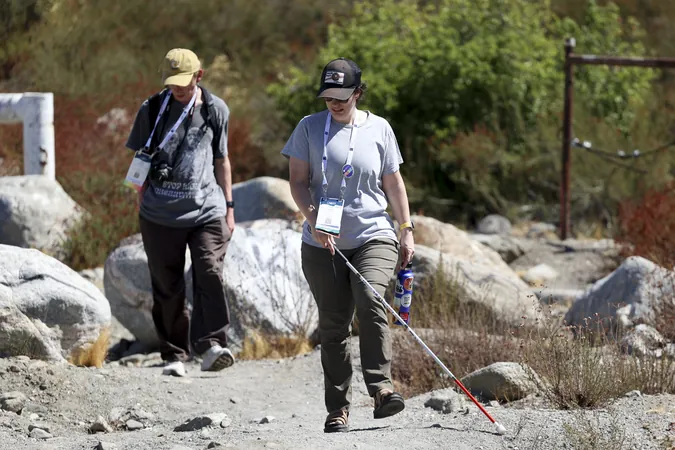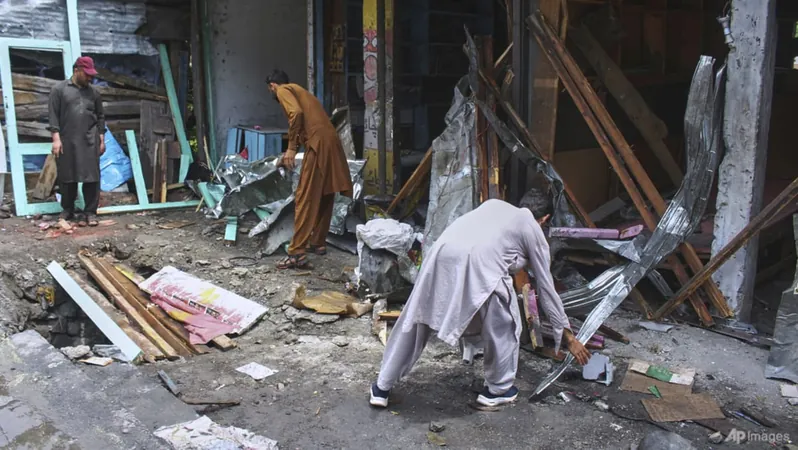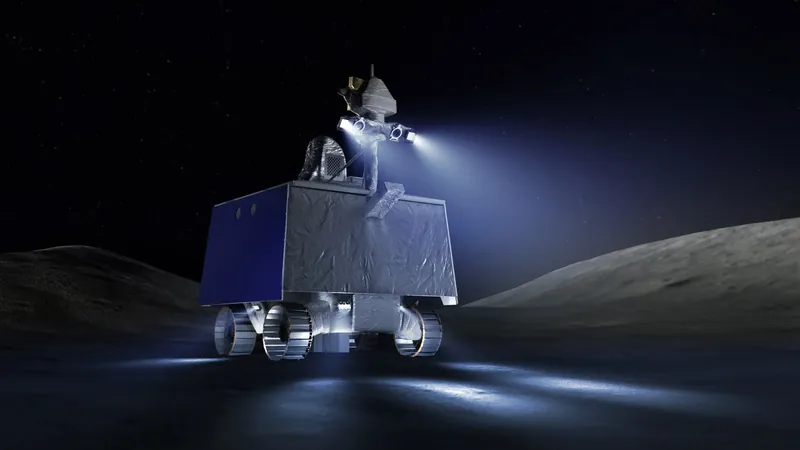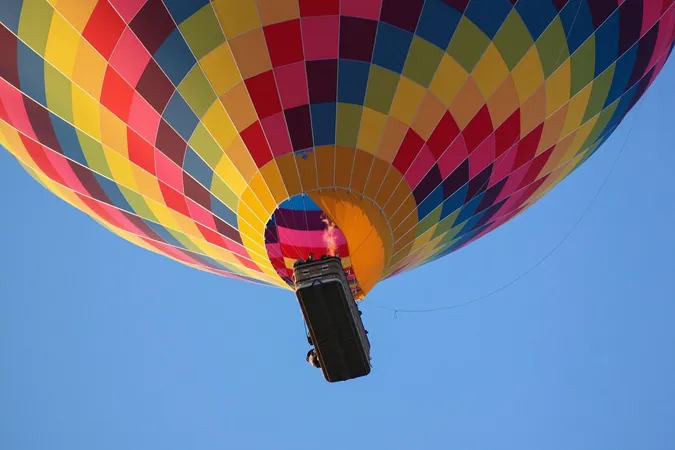
Empowering Science: How Disabled Scientists are Shaping Accessible Research Spaces
2025-01-19
Author: Nur
Empowering Science: How Disabled Scientists are Shaping Accessible Research Spaces
In a striking testament to resilience and innovation, a recent field trip to Lost Lake, nestled near the San Andreas Fault, showcased how scientists with disabilities are pioneering a more inclusive future in research. Facing rugged terrain marked by sharp rocks and treacherous holes, a diverse group of researchers and students employed canes and supportive peers to navigate the journey. For those unable to tackle the hike, technology stepped in—drones captured stunning aerial views of the picturesque lake, proving that access isn't just about physical presence, but also adaptation.
Anita Marshall, a geologist from the University of Florida and a leading figure in this initiative, emphasized the message: “Just because you can't do it like someone else doesn't mean you can't do it.” Her organization, the International Association for Geoscience Diversity, is at the forefront of efforts to dismantle barriers in both labs and fieldwork. As we continue to fight for representation, it’s crucial to remember that disabled scientists enrich the field not only with their academic prowess but through unique perspectives born from their experiences.
Statistics reveal an alarming disparity in the STEM workforce: a mere 3% of this demographic identifies as disabled, according to 2021 data from the National Science Foundation. This underrepresentation can be attributed to the historical lack of accessibility in educational and research environments. Mark Leddy, a former disability program manager at the National Science Foundation, remarked on the entrenched issue: “Students and faculty are often told they can’t work in labs or conduct research safely.”
While the Americans with Disabilities Act (ADA) established basic accessibility regulations for buildings, many older laboratories and research facilities have not been updated. Alyssa Paparella, who is pursuing a doctorate in biology at Baylor College of Medicine, shared her frustration about a previous institution lacking automatic door buttons, highlighting a need for inclusivity right from the entrance.
The value of researchers with disabilities stems from their innate problem-solving abilities—skills honed by confronting obstacles daily. Venu Varanasi, an engineer at the University of Texas at Arlington with low vision, advocates for simple changes in lab environments, like high-contrast signage and organized workspaces, which not only aid disabled students but enhance safety for everyone.
The focus on accessibility extends beyond labs. During the California expedition, professors and students explored geological features shaped by tectonic activity, fostering a sense of community that emphasized mutual care and support. Jennifer Piatek, a wheelchair user, benefited from thoughtful arrangements, such as parking adjustments that facilitated her participation. The experience reinforced the notion that access is fundamental to true scientific exploration.
Artificial intelligence also came into play; Lepore, who has low vision, utilized a smartphone app that vocally described rock samples, transforming a tactile experience into a fully inclusive learning opportunity. “Nature is not inherently accessible,





 Brasil (PT)
Brasil (PT)
 Canada (EN)
Canada (EN)
 Chile (ES)
Chile (ES)
 Česko (CS)
Česko (CS)
 대한민국 (KO)
대한민국 (KO)
 España (ES)
España (ES)
 France (FR)
France (FR)
 Hong Kong (EN)
Hong Kong (EN)
 Italia (IT)
Italia (IT)
 日本 (JA)
日本 (JA)
 Magyarország (HU)
Magyarország (HU)
 Norge (NO)
Norge (NO)
 Polska (PL)
Polska (PL)
 Schweiz (DE)
Schweiz (DE)
 Singapore (EN)
Singapore (EN)
 Sverige (SV)
Sverige (SV)
 Suomi (FI)
Suomi (FI)
 Türkiye (TR)
Türkiye (TR)
 الإمارات العربية المتحدة (AR)
الإمارات العربية المتحدة (AR)